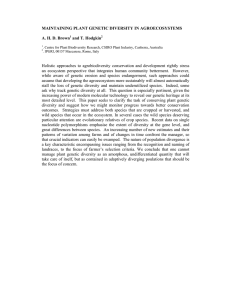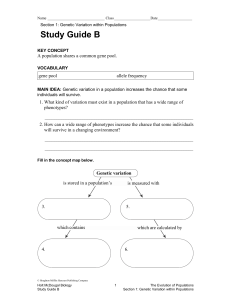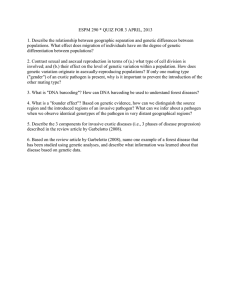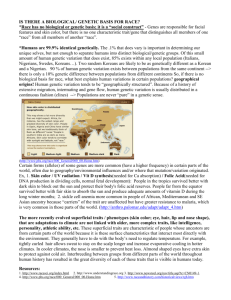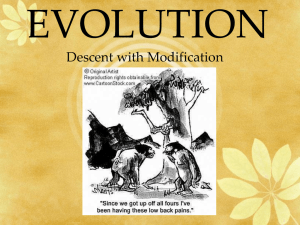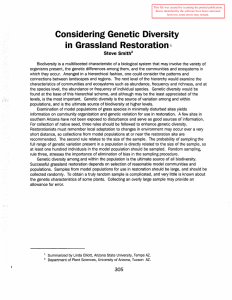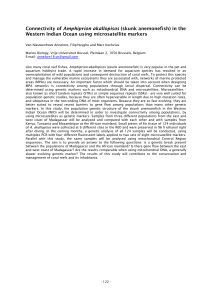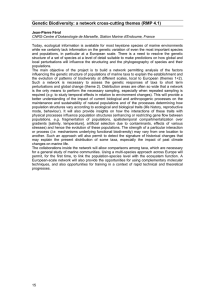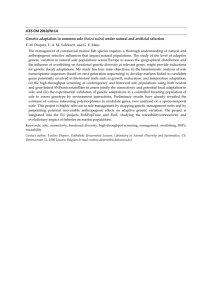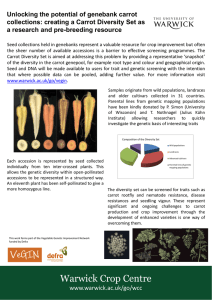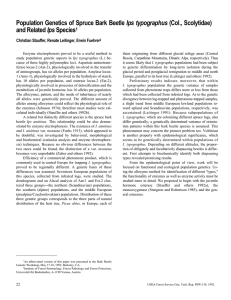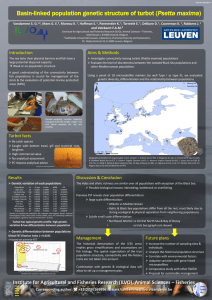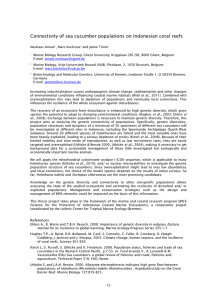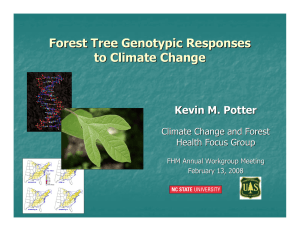Lecture 9 • Low genetic diversity
advertisement
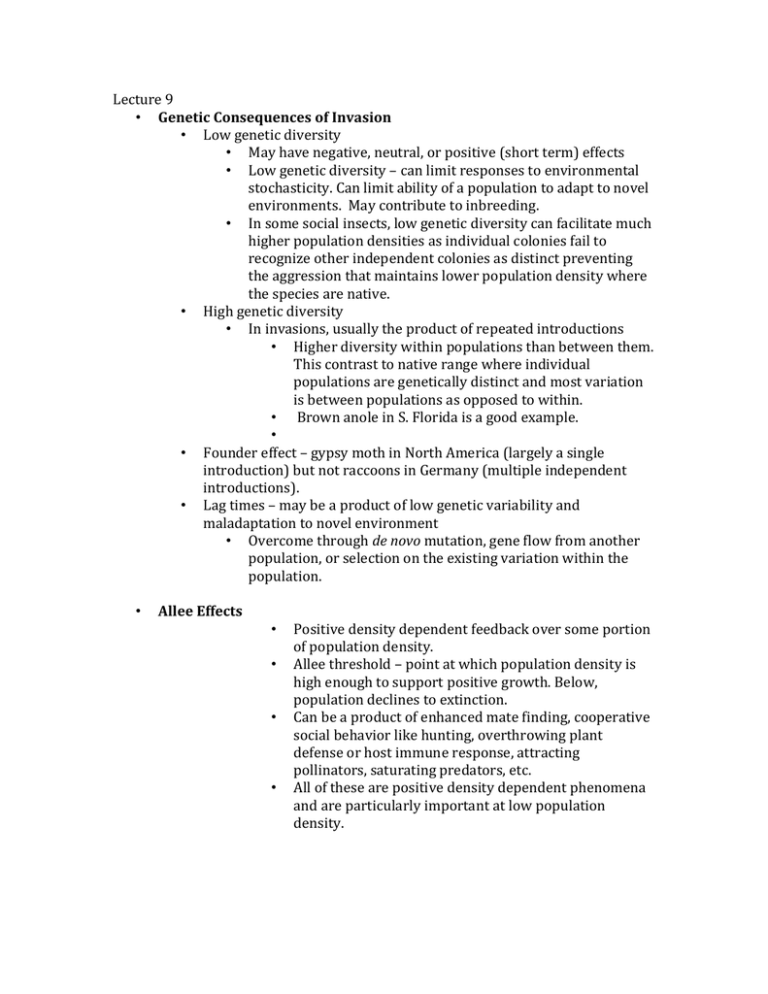
Lecture 9 • Genetic Consequences of Invasion • Low genetic diversity • May have negative, neutral, or positive (short term) effects • Low genetic diversity – can limit responses to environmental stochasticity. Can limit ability of a population to adapt to novel environments. May contribute to inbreeding. • In some social insects, low genetic diversity can facilitate much higher population densities as individual colonies fail to recognize other independent colonies as distinct preventing the aggression that maintains lower population density where the species are native. • High genetic diversity • In invasions, usually the product of repeated introductions • Higher diversity within populations than between them. This contrast to native range where individual populations are genetically distinct and most variation is between populations as opposed to within. • Brown anole in S. Florida is a good example. • • Founder effect – gypsy moth in North America (largely a single introduction) but not raccoons in Germany (multiple independent introductions). • Lag times – may be a product of low genetic variability and maladaptation to novel environment • Overcome through de novo mutation, gene flow from another population, or selection on the existing variation within the population. • Allee Effects • • • • Positive density dependent feedback over some portion of population density. Allee threshold – point at which population density is high enough to support positive growth. Below, population declines to extinction. Can be a product of enhanced mate finding, cooperative social behavior like hunting, overthrowing plant defense or host immune response, attracting pollinators, saturating predators, etc. All of these are positive density dependent phenomena and are particularly important at low population density.





